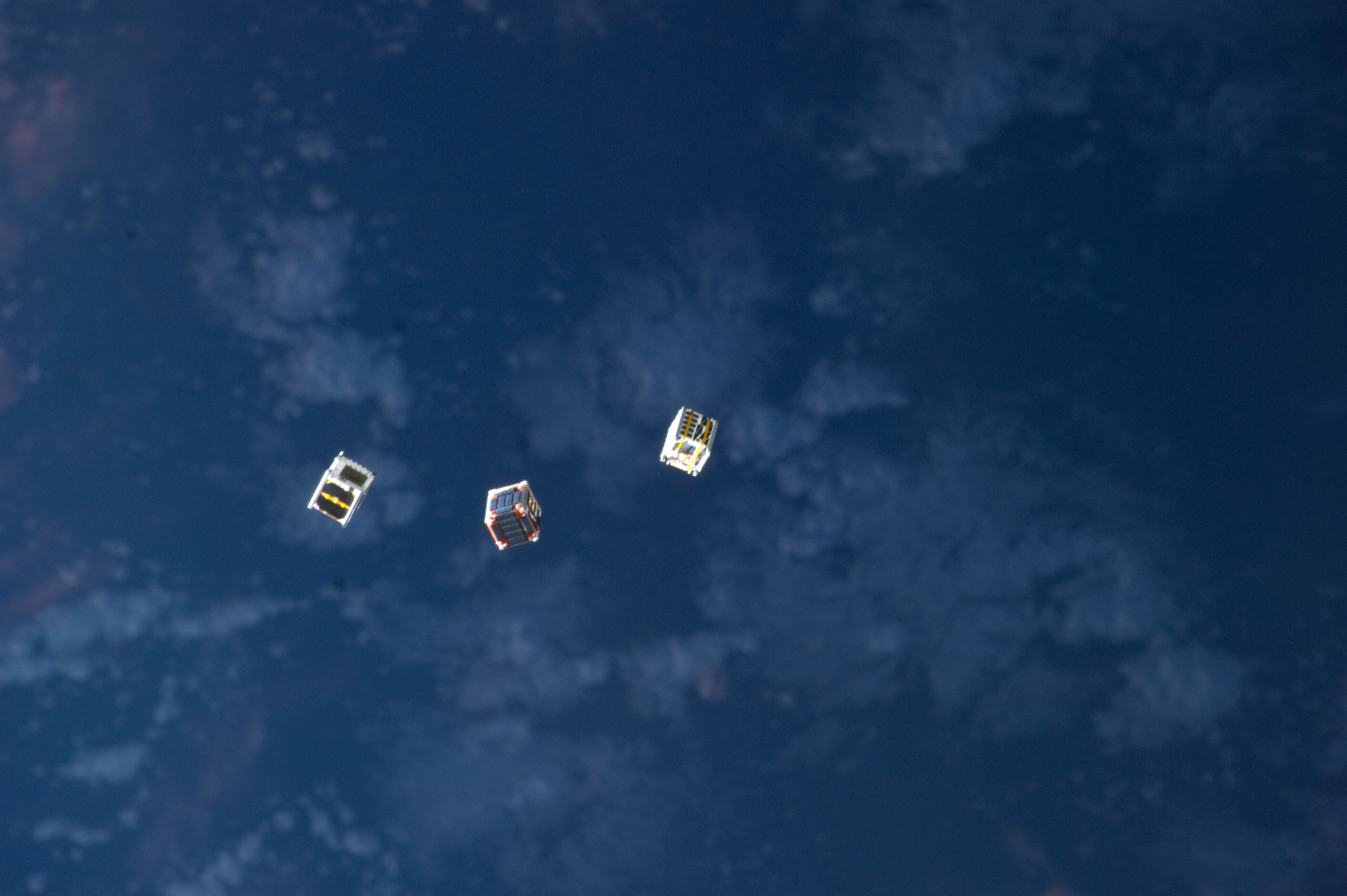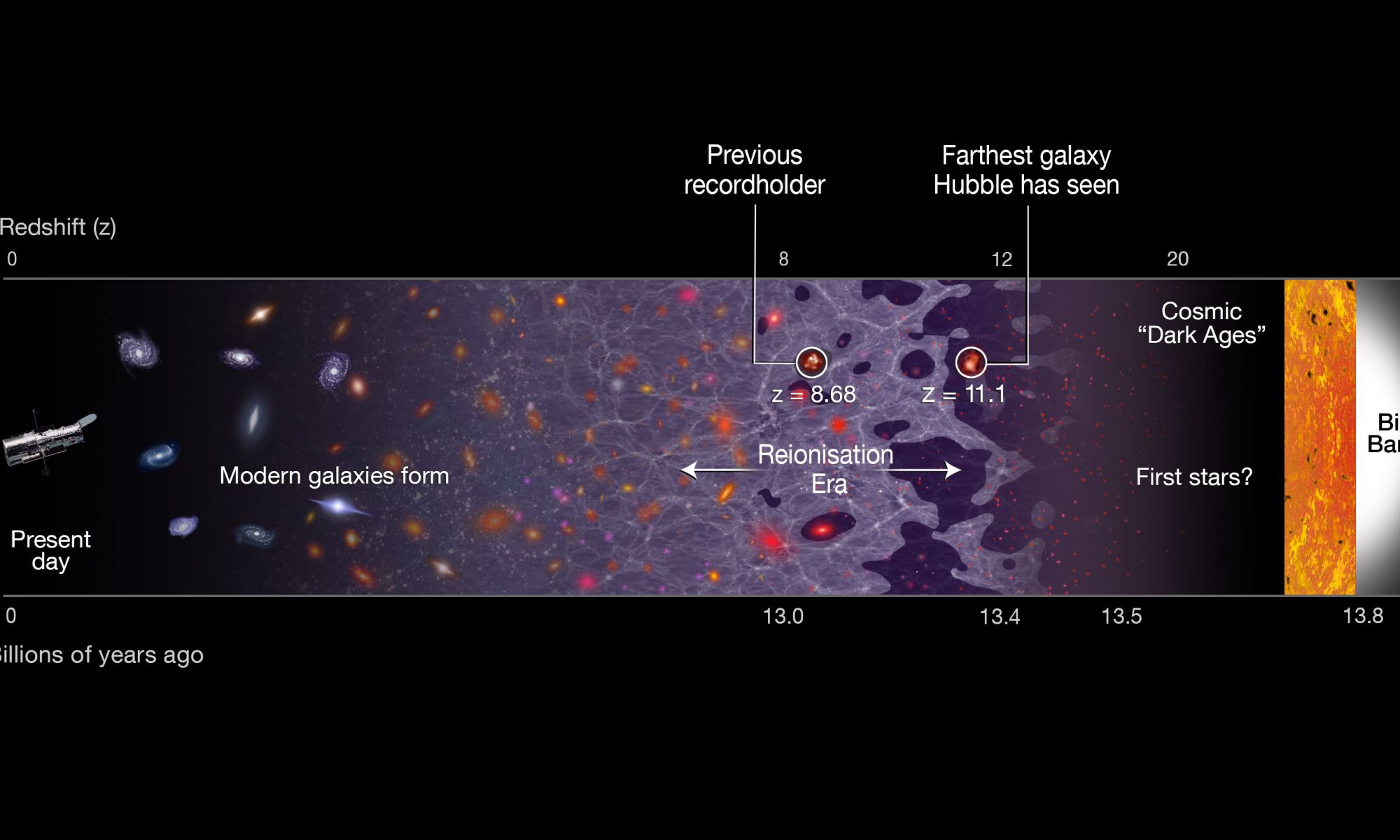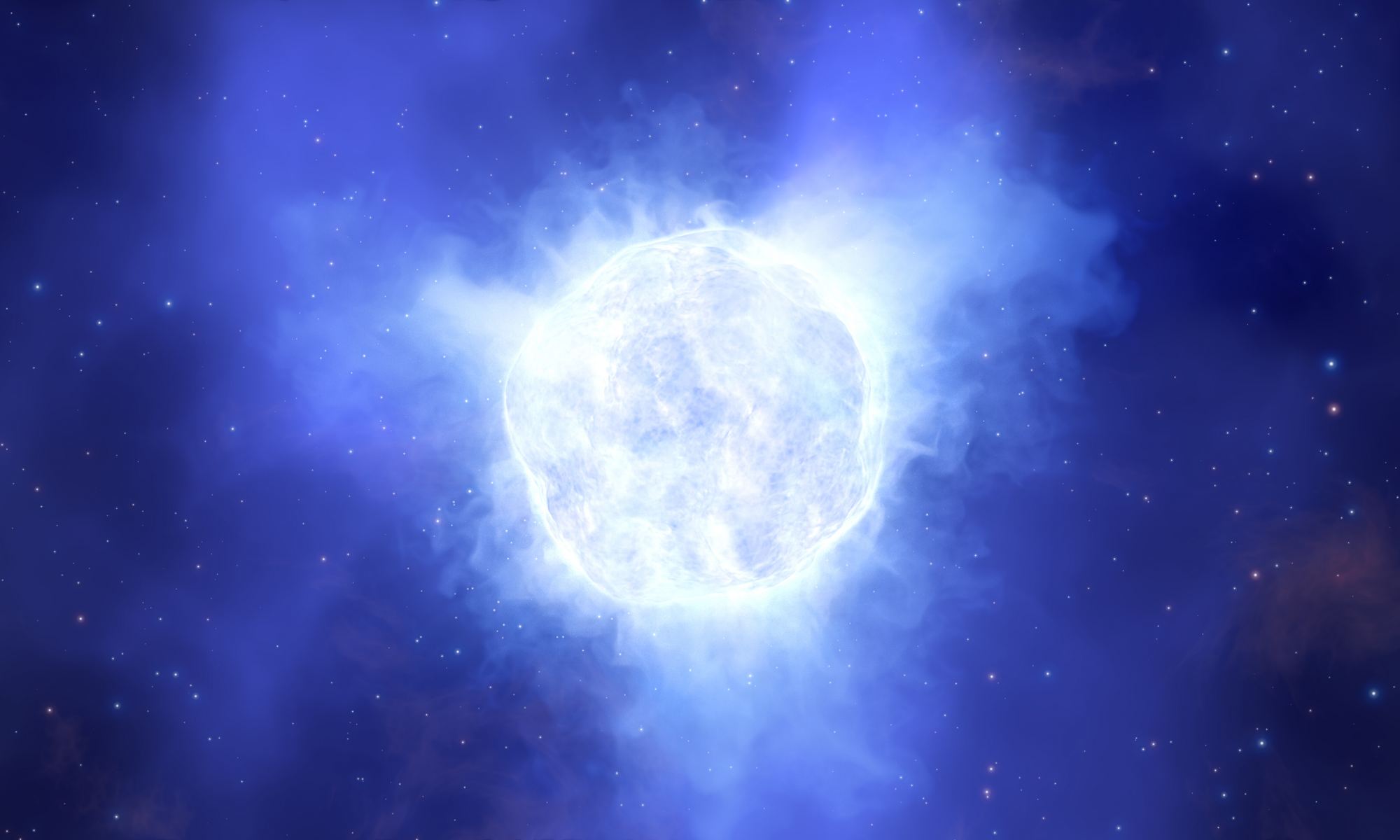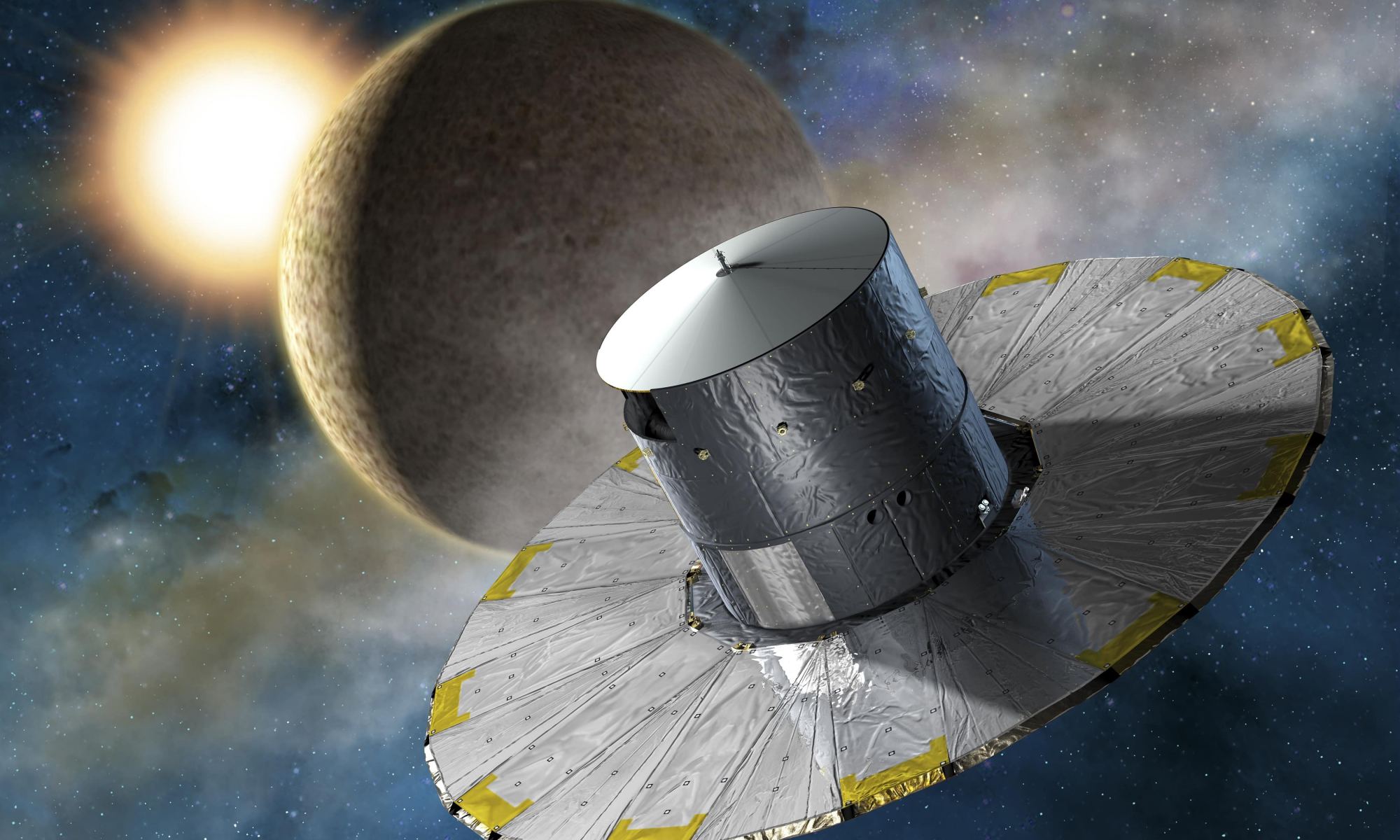The search for life on exoplanets takes a fairly conservative approach. It focuses on life that is similar to that of Earth. Sure, it’s quite possible that life comes in many exotic forms, and scientists have speculated about all the strange forms life might take, but the simple fact is that Earth life is the only form we currently understand. So most research focuses on life forms that, like us, are carbon based with a biology that relies on liquid water. But even with that narrow view, life could still be hiding in places we don’t expect.
Continue reading “The Moons of Rogue Planets Could Have Liquid Surface Water and Thick Atmospheres. They Could be Habitable”The Moons of Rogue Planets Could Have Liquid Surface Water and Thick Atmospheres. They Could be Habitable










